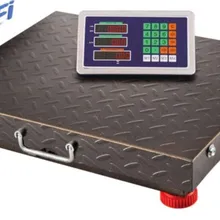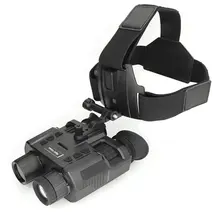An Introduction to Analog Anemometers
An analog anemometer is a device used to measure wind speed and is a crucial tool in meteorological studies, aviation, marine navigation, and various industrial applications. Unlike their digital counterparts, these instruments provide a direct reading of wind velocity without the need for electronic interfaces, making them reliable in areas where digital signals might be disrupted.
Types and Features of Analog Anemometers
Anemometers come in various forms, with the cup and vane types being the most common. The analog wind speed meter typically consists of three or four cups that catch the wind, rotating a spindle that provides a wind speed reading. Vane anemometers, on the other hand, include a tail or vane that aligns with the wind direction, with a propeller that measures speed. Both types are valued for their durability and ease of use.
Applications and Utility
The utility of an analog wind meter extends across various fields. In agriculture, they help in determining the optimal time for pesticide application. Construction sites use them to assess wind conditions for crane operations and material handling. They are also indispensable in educational environments for teaching meteorological concepts.
Materials and Construction
Quality materials are essential for the longevity and accuracy of an analog wind speed indicator. Common materials include corrosion-resistant metals for the external parts and precision-engineered components for the internal mechanism. This ensures that the anemometer maintains its accuracy even in harsh weather conditions.
Advantages of Analog Measurement
Analog devices, including the anemometer analog output, are often preferred for their simplicity and reliability. They do not require a power source, which makes them particularly useful in remote locations. The anemometer wind speed sensor w analog voltage output can be integrated into various systems for monitoring and recording purposes without the need for complex interfaces.
Choosing the Right Analog Anemometer
Selecting the right anemometer involves considering the specific needs of the application, such as the range of wind speeds to be measured and the environment in which the instrument will be used. It is important to assess the compatibility of the anemometer analog with other equipment, especially when an analog output is required for data collection systems.






























 浙公网安备 33010002000092号
浙公网安备 33010002000092号 浙B2-20120091-4
浙B2-20120091-4